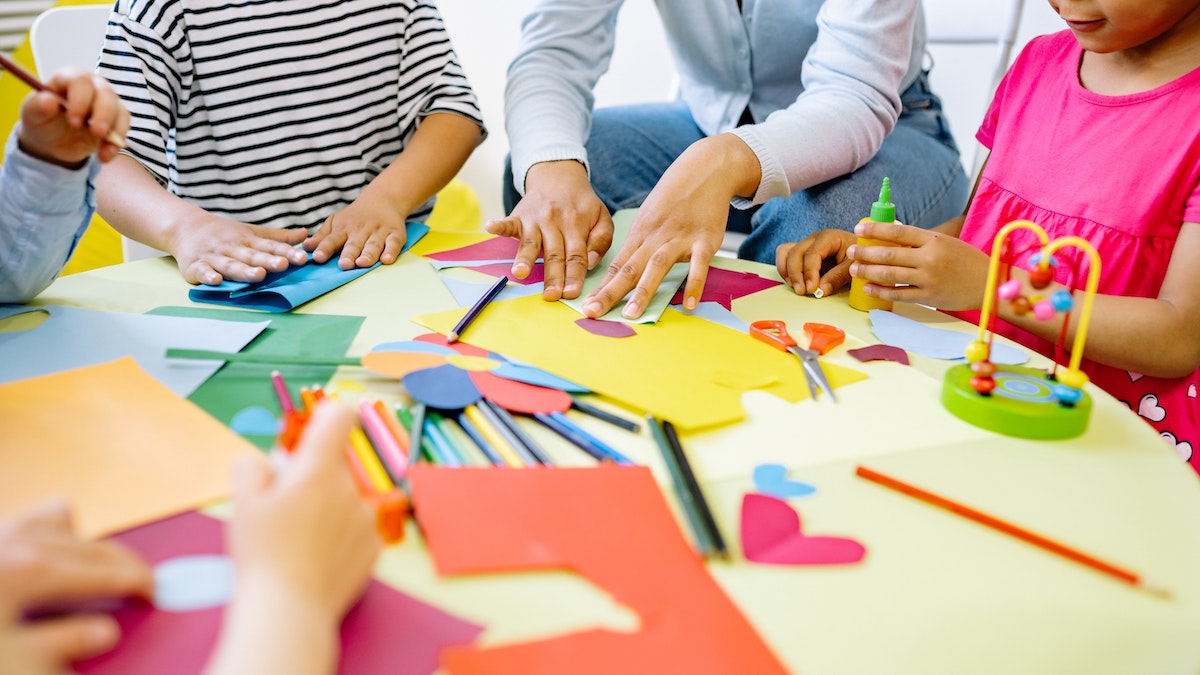A simple book like Harold and the Purple Crayon by Crockett Johnson can spark children’s imagination of colors and creativity. Young children are naturally drawn to pick up crayons to make scribbles or just to see the beautiful colors.
Art programs across the nation have continuously lost funding or been abolished altogether; however, a simple class has many lifelong educational benefits. Early exposure to art classes can aid in the development of fine motor skills, hand-eye coordination, and dexterity. Art in education contributes to cognitive development for visual processing, sequencing, and problem-solving. These are essential developmental skills for young learners.
Art in education has many benefits for older learners as well. Art classes in school aid in social-emotional development, including the growth of a positive self-esteem. The University College London conducted a longitudinal study in which they concluded that students who were exposed to art classes on a regular basis had significantly higher self-esteem compared to those who did not have access to art classes. Additionally, U.S News and World Report (2022) continued the research and found that art education can help kids:
- Engage with school and reduce stress.
- Develop social-emotional and interpersonal skills.
- Enrich their experiences.
- Handle constructive criticism.
- Bolster academic achievement.
- Improve focus.
Art in education has many long-term benefits, from motor skills development to cognitive and social-emotional development, and research backs the positive outcomes. Let’s embrace our future artists and continue to promote art in education.

